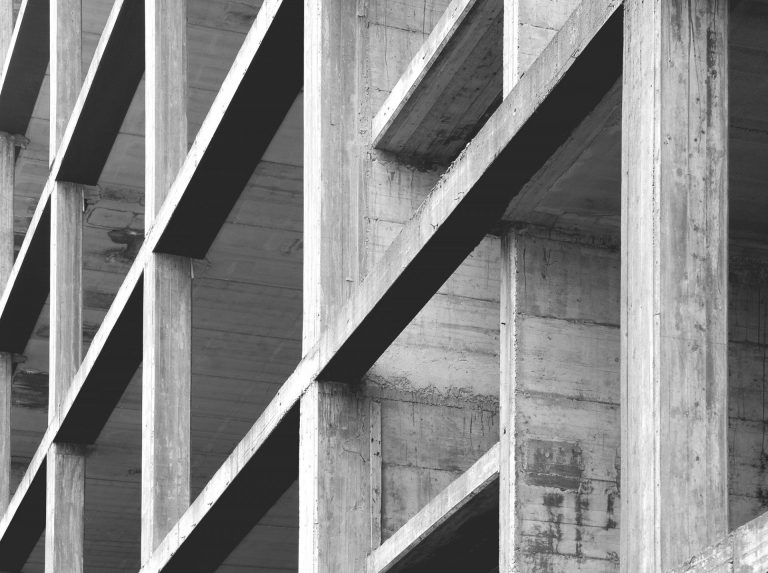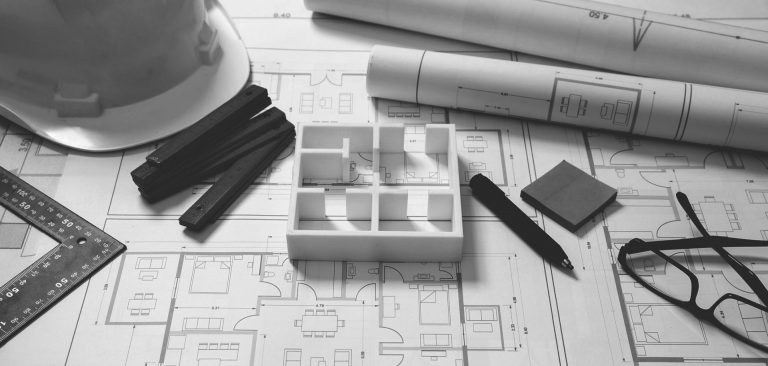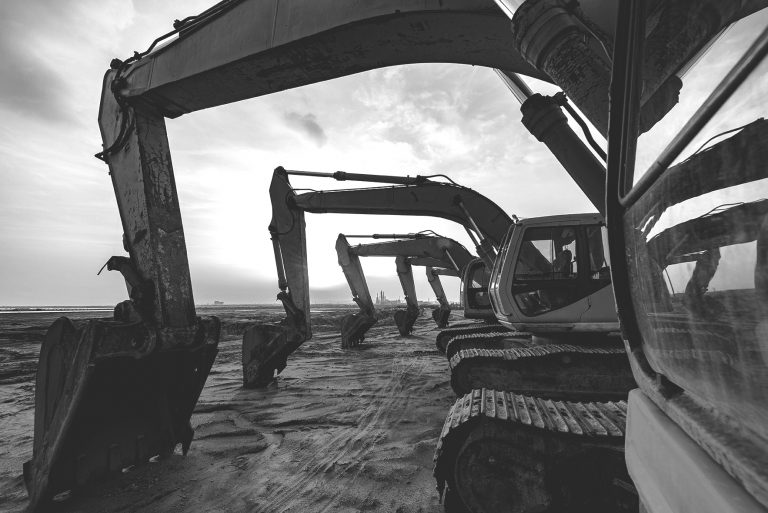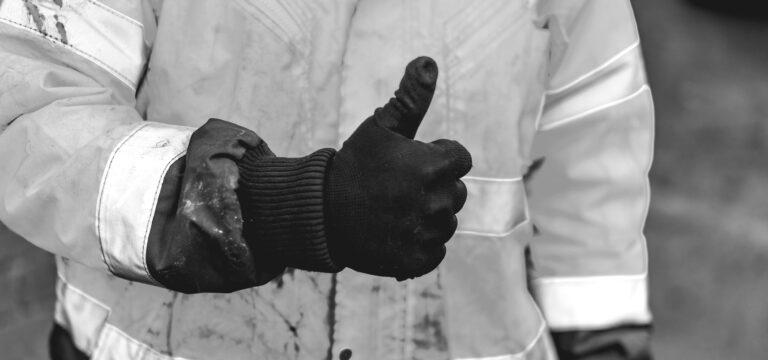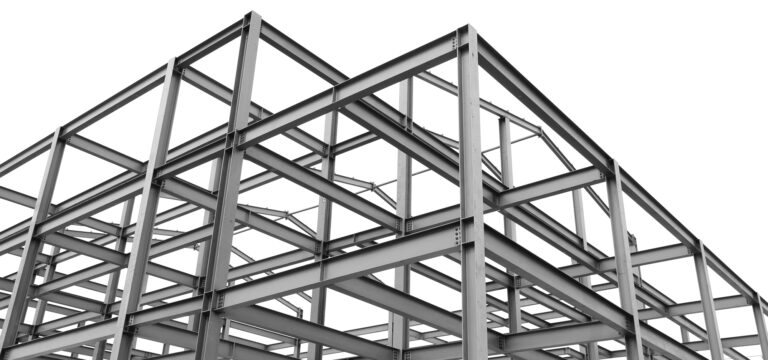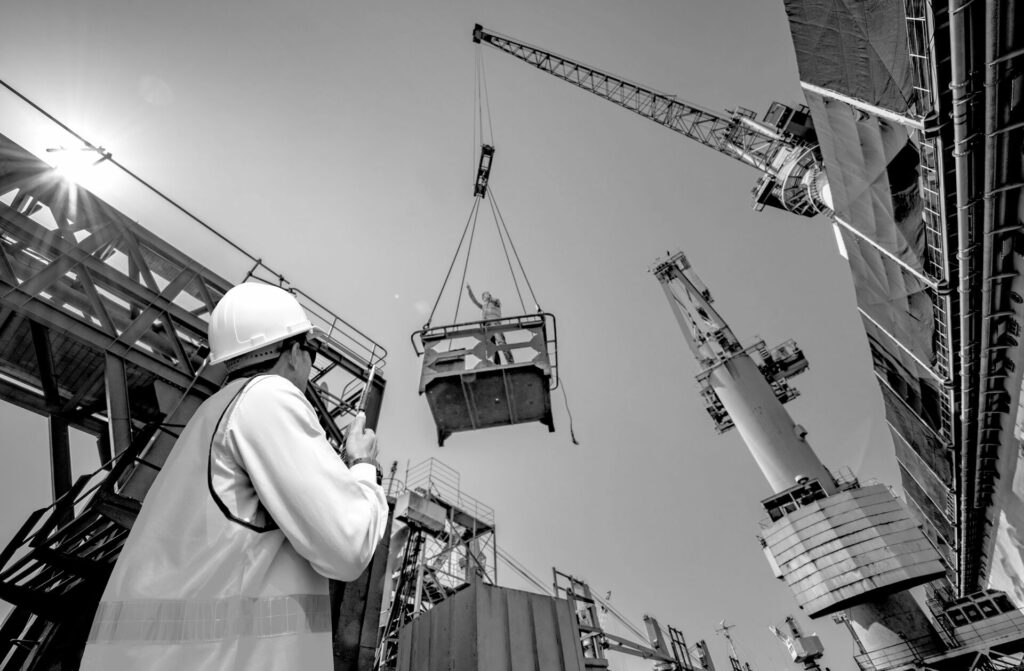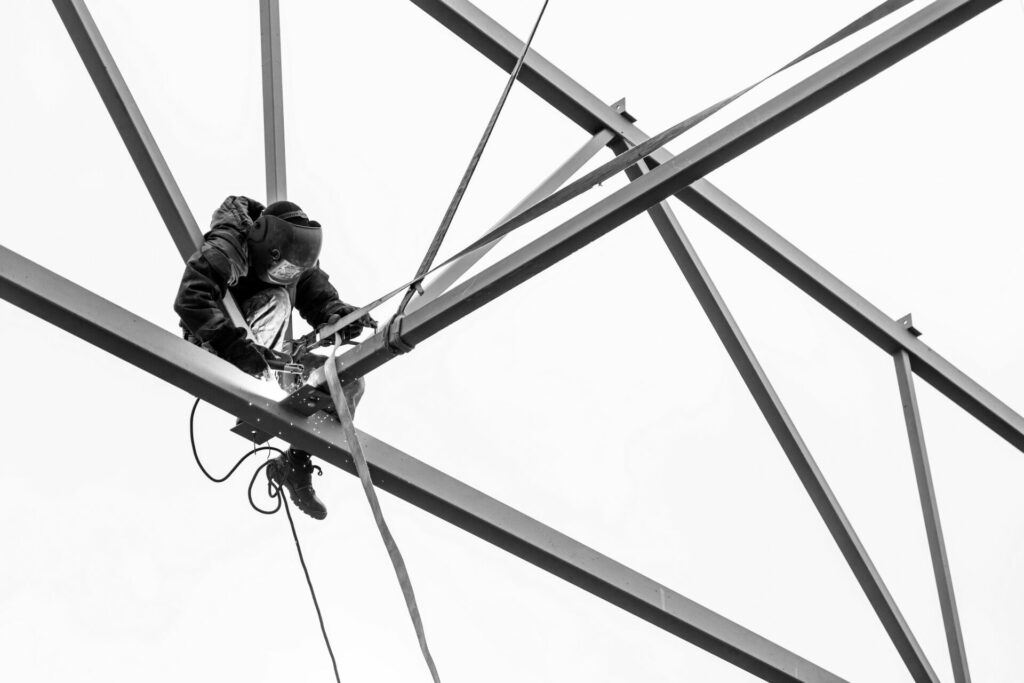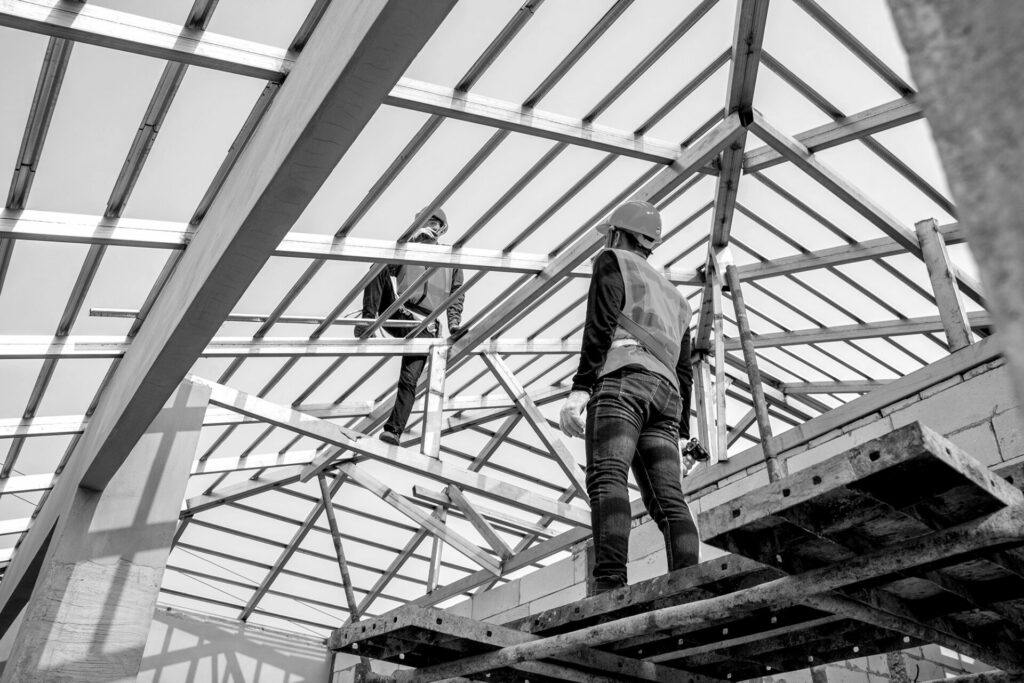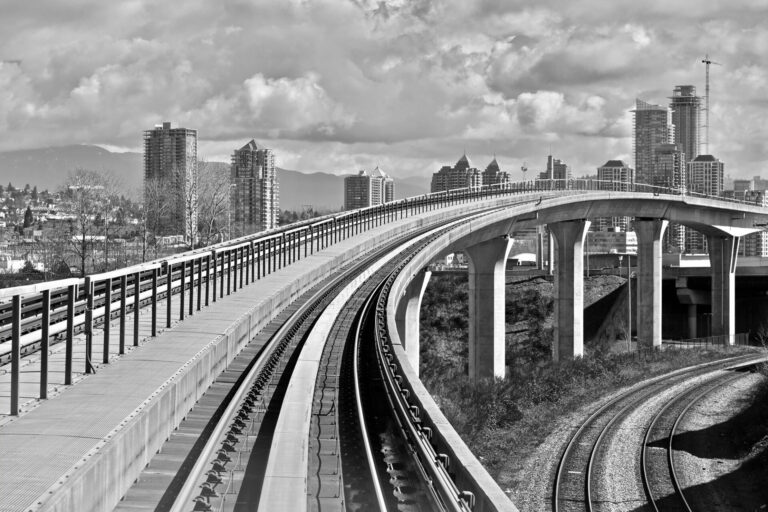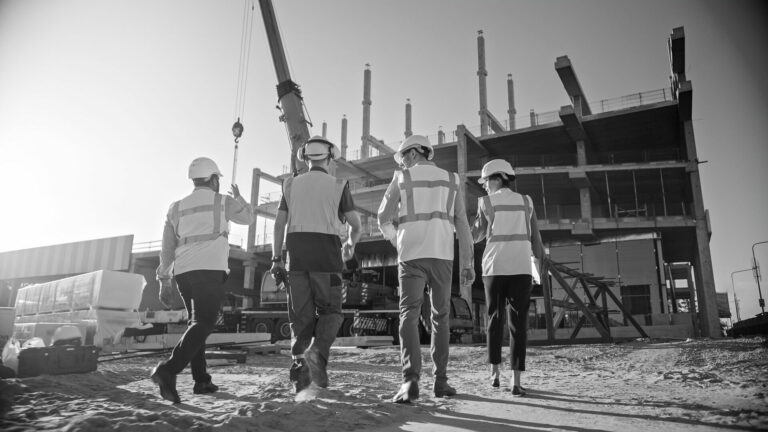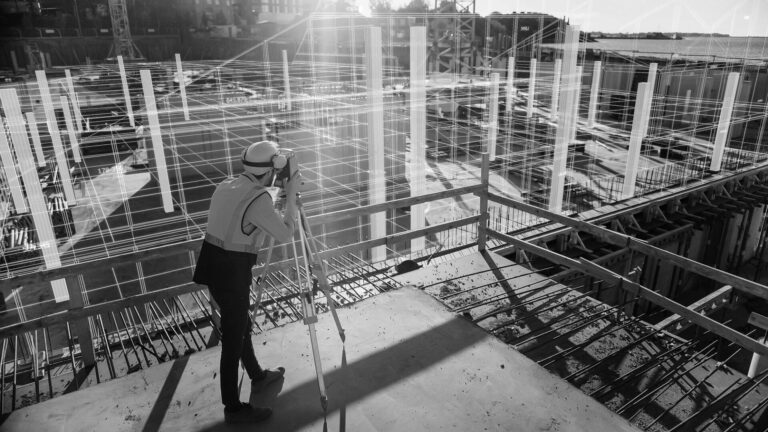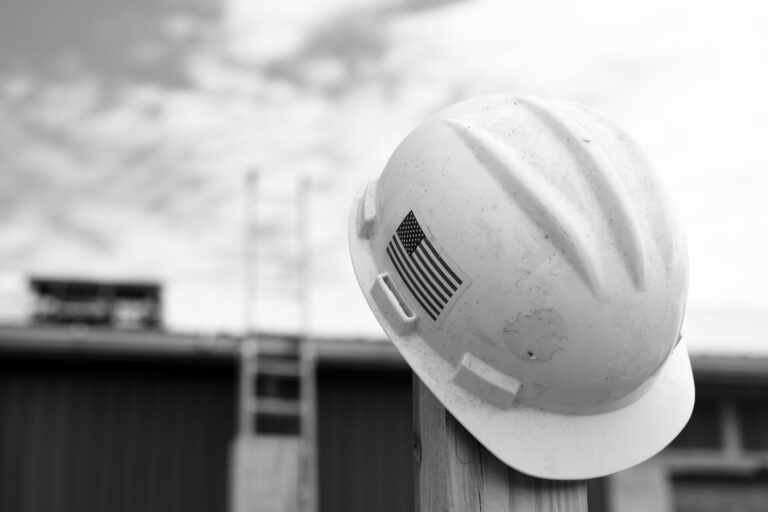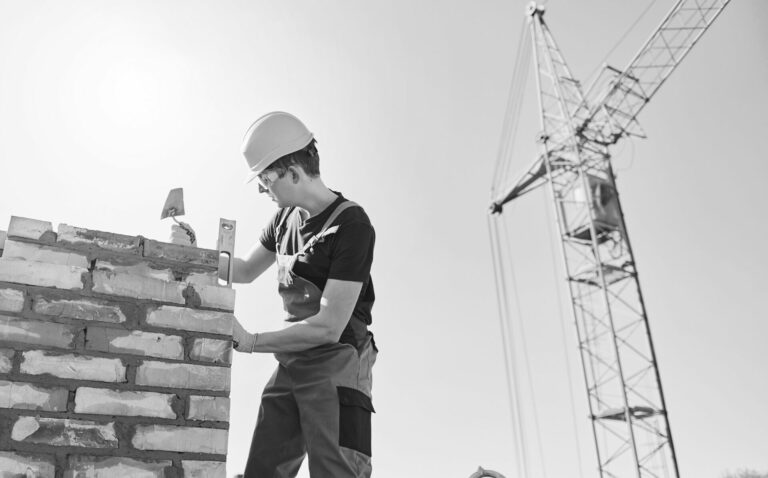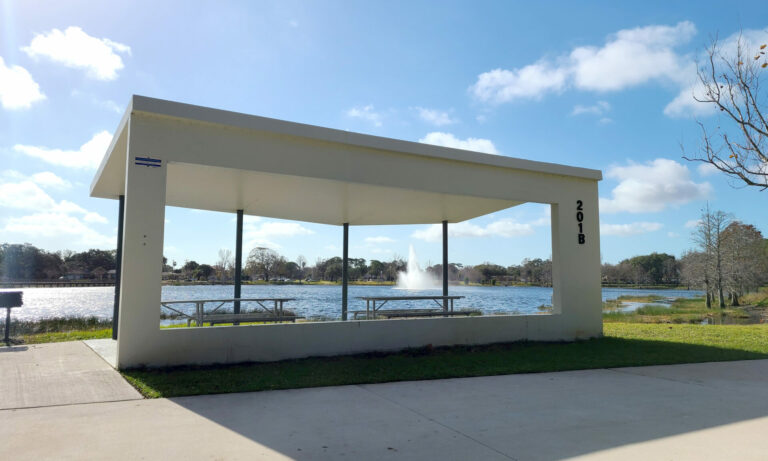According to recent studies, twelve of the 25 most dangerous jobs across North America are in the construction industry. The use of high-powered tools and falling debris coupled with the very real risk of injury or death while using forklifts, trucks and demolition equipment leaves our workers in a very precarious situation. Among the sectors considered the most dangerous are roofers, ironworkers, crane operators and mining machine operators. However, the statistics remain stark. According to OSHA, 5,333 workers died on the job in 2019. To put that in context, every day that year around fifteen families received the worst news imaginable with many of them feeling that this could have been entirely preventable. It would be unfair to direct blame at those leading these sectors, however. Despite the figures being higher than anyone would like, improvements have been made. This figure of fifteen deaths per day has, in fact, decreased from around 38 deaths per day in 1970. It is evident across the industry that safety concerns are being addressed on a much wider scale than at any stage in history and long may this continue.
There is, however, another statistic that is cause for huge concern in the industry. According to data collected by the CDC in 2020, men working in the construction industry have one of the highest rates of suicide compared to other industries. Even in the context of dangerous profession, the figures behind this research are shocking. With a rate of almost 50 such deaths per 100,000 workers, the industry is twice the rate of civilian working men and a staggering four times higher than the general population. This paints quite an undeniable picture. The question is, what is the cause of this and can it be prevented.
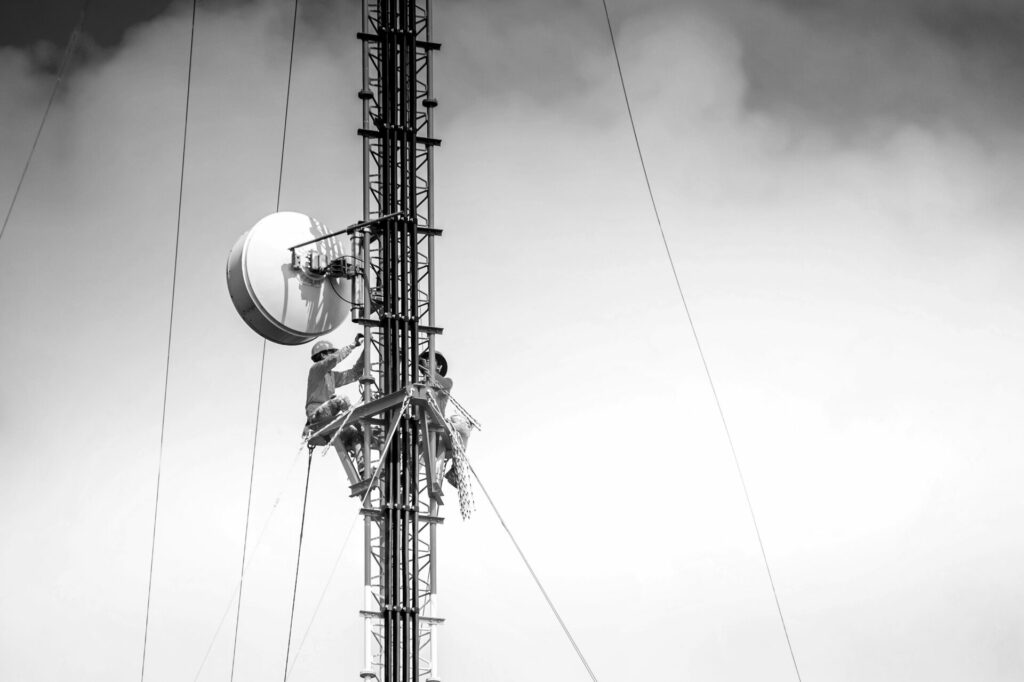
Despite the shift towards a healthier work-life balance, work still defines us as individuals and as communities. It seems as though an inherent human trait is to identify by what you contribute to society as a whole; in other words, what you do is who you are. This link, unfortunately, creates a difficult and unsustainable model. According to the CDC, “Work can define a person’s identity and psychological risk factors such as depression and stress, can be affected by the workplace. Job strain and long work hours may be important occupational risk factors in working populations.” With this in mind, high intensity and the pressures of working in the construction industry can be a perfect storm in terms of workers’ wellbeing and mental health. Mitigating factors to this risk are thought to be an increase in job control for workers and a 40-hour week maximum. However, time and budget constraints, coupled with the need to earn overtime and bonus related payments can be genuine barriers to these factors becoming a reality.
While it is likely that work related stressors are contributing to the unnaturally high rate of poor mental health and the overall low level of wellbeing in the construction industry, it cannot be the only factor. To this end, the CDC has formed a task force in order to continue its research into the problem. Members of the task force are industry partners, unions, and educators with a role to identify and raise awareness of the types of stress that can push construction employees into a higher risk category. According to Acting Assistant Secretary of Labor for Occupational Safety and Health, Jim Frederick. “Work-related stress can have severe impacts on mental health and without proper support may lead to substance abuse and even suicide.” Of these stressors, Frederick identifies a number of key elements that need to be improved on. “Workers in construction face many work-related stressors that may increase their risk factors for suicide, such as the uncertainty of seasonal work, demanding schedules and workplace injuries that are sometimes treated with opioids.”
When we take a critical eye to the stresses linked to the construction industry, it seems as though we may be heading towards a large-scale wellbeing catastrophe. Further studies show that the main risk factors for poor mental health in construction are a high-pressure working environment, work in remote locations, opioid dependency and a ‘tough-guy’ mentality. When analyzing these findings, it is the final factor that jars the most. Amanda McGough, Ph.D., is a psychologist specializing in wellbeing. According to Dr. McGough, there is a clear need for the stereotypes around construction workers to be removed immediately. As construction is a male-dominated industry with workers mainly from low economic and social backgrounds, masculinity can become a barrier to them acknowledging their mental health problems and “many in the field may be afraid of appearing ‘weak’ if they acknowledge a struggle,” says McGough.
Despite the concerns and challenges, work is being done to educate and offer tangible, workable supports. Every day, new voices are speaking out to highlight the need for better mental health and wellbeing in the construction industry. Greg Sizemore, Vice President of health, safety, environment, and workforce development at Associated Builders and Contractors, said every organization needs to build a culture of openness in dealing with mental health. “The culture must create the conditions that foster openness to speak out and up and must equip and empower all employees with the personal skills they need to feel comfortable speaking up or seeking assistance.”
Great strides are being made across the industry in this regard. In comparison to historical figures, diversity and inclusion rates are at an all-time high and huge drives to break stereotypes are ongoing. For example, with Pride Month currently taking place, many companies are highlighting the need to welcome all workers to safe and inclusive jobsites. Bryce Tache, Diversity and Inclusion Leader at Ryan Companies sees the benefit that open and safe workplaces will have on breaking stereotypes and, by extension, creating a culture of openness. “These messages need to come from the top. Silence from leadership is a message – and it’s not the right message.”, says Tache. Tache and fellow leaders at Ryan are not staying silent. He says, “Our CEO wrote a pledge last year that all employees are encouraged to sign. It asks us to each be the person who tells a fellow team member, partner, vendor, or client to ‘knock it off’ when we hear course language or offensive jokes, or when we see inappropriate behavior. It encourages each of us do the right thing and set the tone, and to treat each other as family regardless of someone’s gender, race, sexual orientation, age, or anything else.”
Along with a shift in culture, construction companies need to include strategic integration, sustained investment, harm reduction, and policy and training implementation to create a 360o approach to help workers total health. Drives take place to create a sense of community in the workplace, to celebrate differences and highlight diversity in all its forms. “Like many workplace fatalities, suicides can be prevented,” said OSHA Acting Regional Administrator Billie Kizer in Kansas City, Missouri. “We encourage employers to use all available resources, familiarize themselves with the problem and learn to recognize the warning signs of depression. We also urge workers to seek help if they feel overwhelmed or overcome by a loss of hope.” By building support networks, inclusive practices and manageable expectations of workers, companies might well be equipped with a key ingredient in the promotion of positive wellbeing on jobsites throughout North America.


